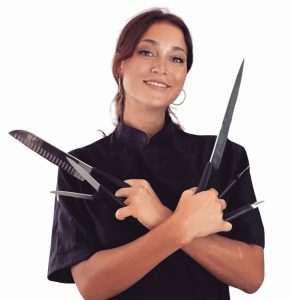In the gastronomy world, the terms chef and cook are often used interchangeably. Although both terms describe individuals who cook, they don’t mean the same thing. There are notable differences in their training, responsibilities, and skills. In this article, we explain what a chef is and what the difference is between a chef and a cook. Additionally, we outline the functions and roles of both in the professional kitchen. Keep reading!
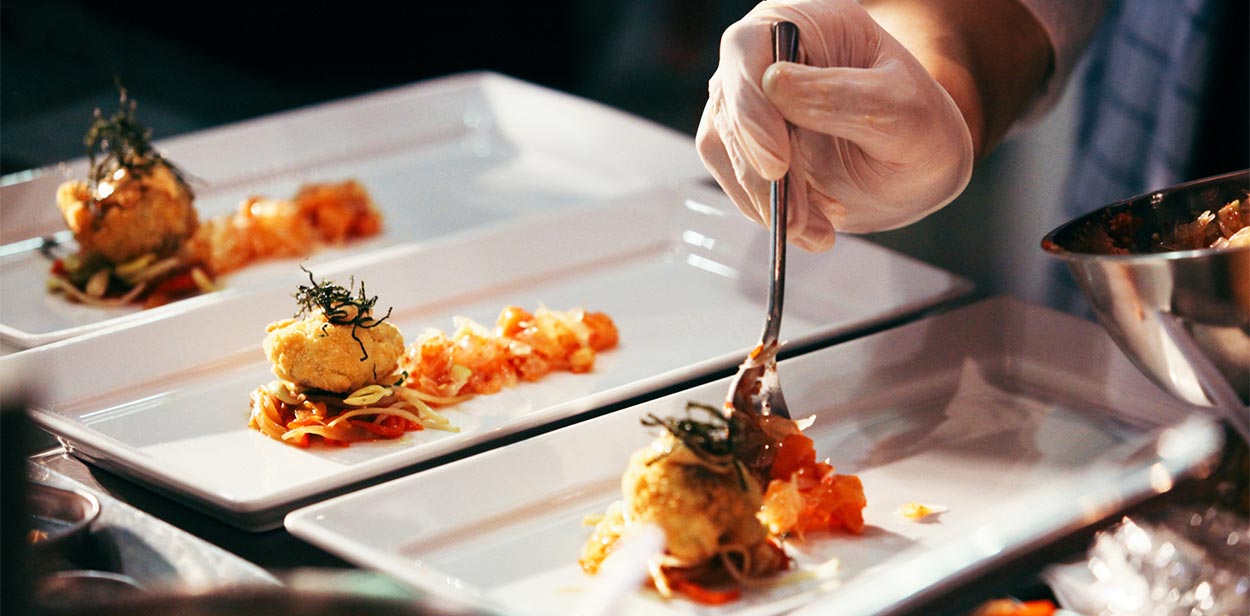
En este artículo encontrarás...
ToggleWhat is a gastronomic chef and what are their functions?
The word “chef” is an abbreviation of “chef de cuisine,” which means head of the kitchen in French. A chef not only prepares food but also has many other administrative and creative responsibilities in the kitchen beyond simply following recipes. These may include:
- Menu planning: Creating innovative dishes and deciding what will be served in the restaurant.
Inventory management: Ordering ingredients, controlling stock, and ensuring the kitchen has everything it needs. - Staff supervision: Training, directing, and overseeing a team of cooks and other kitchen workers.
- Quality control: Ensuring that every dish that leaves the kitchen meets established standards of quality and flavor.
Chefs often have formal professional training in culinary schools or gastronomy and many years of experience. Some chefs also acquire additional certifications that recognize their specialization in specific areas such as pastry, vegan cuisine, among others.
But… must a chef be a cook before becoming a chef? While there is no strict rule dictating that one must be a cook before becoming a chef, it is very common for chefs to have worked in cook roles at some point in their careers.
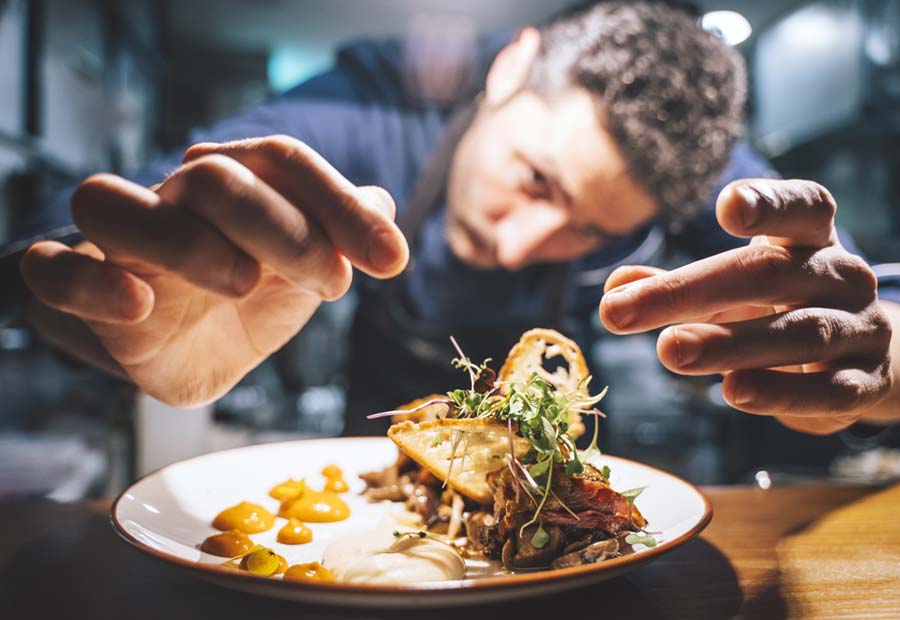
What is a cook and what are their functions?
A cook, on the other hand, focuses primarily on food preparation. They may have various skills and levels of experience, so their tasks are more direct and less administrative compared to those of a chef. Cooks typically follow recipes and guidelines set by the chef to execute designed menus. Their main responsibilities include:
- Ingredient preparation: Cutting, marinating, grilling, and performing other basic food preparation techniques.
- Cooking specific dishes: Following recipes to ensure consistency and quality of the dish.
- Maintaining kitchen cleanliness: Ensuring that work areas are clean and organized according to hygiene standards. Cooks can be self-taught or have some form of culinary training, but generally, their education is not as extensive as that of chefs. Many cooks start as kitchen assistants and learn through hands-on experience.
These professionals can work in a variety of environments, from restaurants to hotels, school cafeterias, or even catering services. Their primary responsibility is to ensure that dishes are prepared correctly and served on time.
What are the main differences between a chef and a cook?
1. Education and training:
2. Responsibilities
3. Experience and skills
4. Creativity and vision
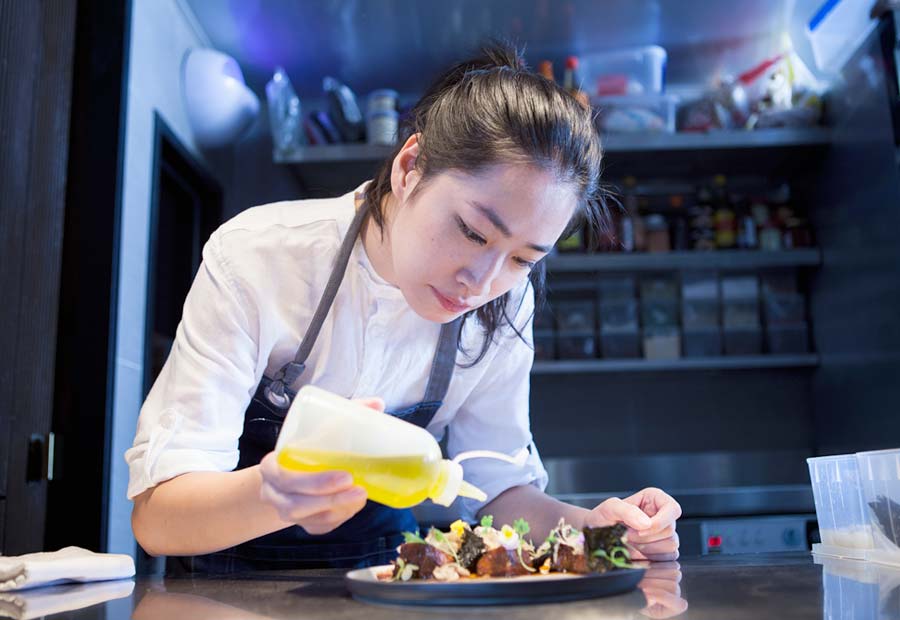
Categories or types of Chefs in the professional kitchen and their functions
1. Executive Chef. What is an Executive Chef?
2. Chef de Cuisine or Head Chef
3. Sous Chef or Second Chef
4. Chef de Partie or Station Chef
5. Commis Chef or Kitchen Assistant
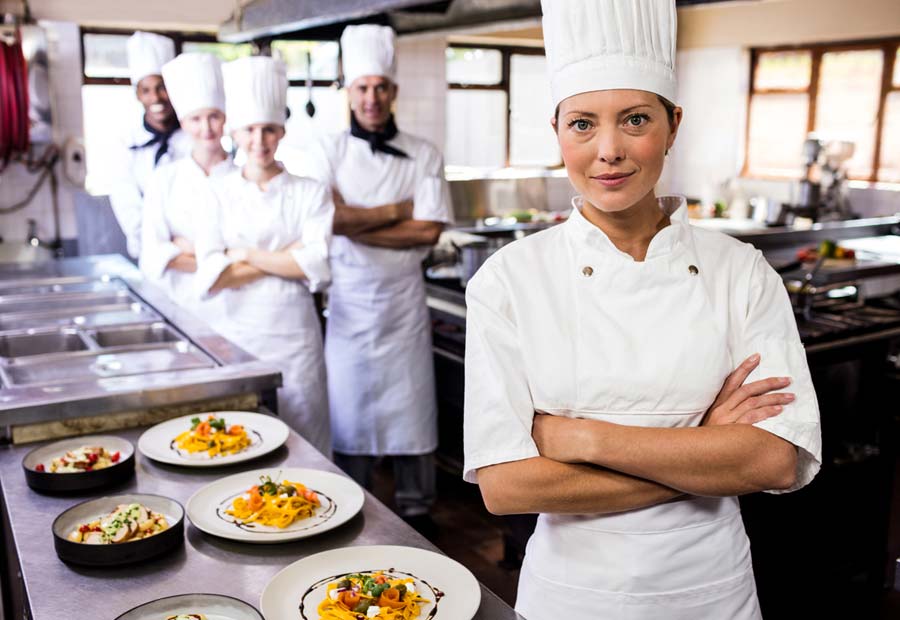
6. Personal Chef or Private Chef
Works in private settings such as villas, homes, yachts, events, companies, etc., catering to individual clients or families, adapting menus to their tastes and dietary needs. This type of private chef or personal chef, in addition to cooking, is responsible for purchasing ingredients and keeping the kitchen in order. At La Santa, we offer an exclusive private chef service in Ibiza, for villas, yachts, and private events.
7. Chef Instructor
8. Chef Consultant
9. Banquet Chef
What is the difference between a chef and a head chef?
This question is quite common, as the difference between a chef and a head chef can be subtle, and sometimes the terms are used interchangeably. A chef is a broad term denoting a culinary professional with advanced skills and a leadership role in the kitchen.
It can include various titles such as Executive Chef or Sous Chef. On the other hand, the head chef, also known as Head Chef or Chef de Cuisine, specifically refers to someone who oversees the daily operation of the kitchen, manages staff, and ensures the quality of the prepared dishes.
How much does a chef earn in Spain?
Another one of the most frequent questions in the culinary industry that we are going to try to address next. Chef salaries in Spain vary considerably depending on the restaurant, its location, and the experience of this gastronomy professional. In general, a haute cuisine chef can earn between 20,000 and 45,000 euros annually.
However, more experienced chefs with higher responsibility roles, such as executive chefs, can earn up to 70,000 euros per year. In Michelin-starred restaurants, salaries can range between 5,000 and 7,000 euros per month, depending on factors such as the restaurant’s popularity and size.
Although both cooks and chefs play important roles in the culinary sector, there are several differences in terms of their training, experience, and responsibilities. While cooks primarily focus on food preparation, chefs are culinary leaders who combine technical skills with creativity and management to deliver exceptional gastronomic experiences. Both roles are fundamental to the success of any culinary establishment, highlighting the importance of each position in the art of cooking. We hope you enjoyed this article about the differences between a chef and a cook.

